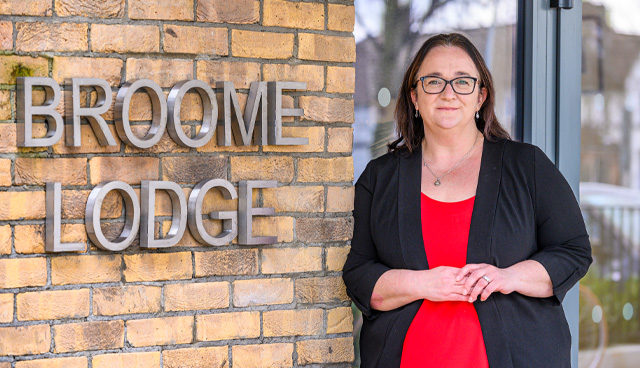
Housing for all: Delivering affordable purchase and rental housing
5th November 2020
A social democratic approach to housing policy
1st June 2021Avoiding ‘housing dystopia’

‘Generation rent’ has become a permanent feature — a new ‘housing precariat’ — living in expensive, insecure, high-rise ‘co-living’ apartment blocks with major issues of stress, family breakdown, and decline of community and social cohesion. Maynooth University’s Rory Hearne writes
“The wave of financialisation with ‘cuckoo’ investor funds buying up and building land and homes reached a high point in 2022 but crashed as part of the global financial crisis that year. As a result, co-living ‘build-to-rent’ blocks have been sold on by their investors and have become dilapidated, yet are still being rented out at huge rents because of ongoing housing shortages.”
This is a potential ‘housing dystopia’ that I write about in my book, Housing Shock, that could be possible for Ireland if we continue along the current housing policy trajectory. That dystopia has come into even sharper focus with the recent government responses to the public anger over investor funds buying up the Mullen Park housing estate in Maynooth.
Unfortunately, the Government’s measures are woefully inadequate and will have no major impact on investment funds buying up houses and apartments and renting them out at unaffordable rents. The exclusion of apartments from the measures is disastrous from the perspective of providing sustainable homes and communities. The new build-to-rent apartment developments are of reduced size and standards. Apartments are homes too. This ‘financialisation’ of our housing system is embedding a permanent unaffordability and lowering of housing standards. It’s neither socially nor economically sustainable.
The investor funds and real estate investment trusts (REITs) need to be stopped because every home they buy up or deliver is a permanently unaffordable rental home. The real estate investment tax break should be scrapped, the stamp duty should be raised to 20 per cent, and rent affordability mechanisms introduced along with lifetime leases, so that private market rental homes are affordable and secure for people. A referendum to insert the right to housing in the Constitution is also required as part of these measures to guarantee they cannot be challenged by property rights.
In regard to the argument on supply and financing, that is a red herring. The Government is the ultimate responsible body and has the ability to ensure the actual delivery of a supply of genuine affordable homes. It must do this in a number of ways.
The State must build social and affordable housing on an unprecedented scale (with local authorities, AHBs and co-ops). They have started building social housing, but most new social housing is being bought from the market, which reduces supply, or leased, which is very poor value for money and does not give life time secure tenancy to tenants.
These approaches are wholly inadequate to the housing need that exists from those looking to buy an affordable home, to rent affordably and securely, to address those young adults living at home, and the ongoing homelessness crisis. The State should be providing a guaranteed supply of affordable homes in the region of 20,000 new homes per year.
The Government could use NAMA (it has land and finance to provide 70,000 homes) and State borrowing to double capital spending to build additional actually affordable cost rental homes. The State could support and ensure the building of 10,000 affordable purchase homes for sale at approximately €250,000 per unit, whereby local authorities and ‘not-for-profit’ housing providers like AHBs and Ó Cualann, build the units themselves on State land, using SMEs and some larger contractors.
If the land is subsidised or if a site services fund is made available, the State pays a maximum of €50,000 per unit toward the cost of these houses. The total maximum cost to the State is €0.5 billion to build 10,000 homes. That is half what the State currently pays to private landlords in HAP rental subsidies.
If we are serious about a housing system that provides genuinely affordable and secure homes to rent and buy, these are the measures that should be introduced.
Rory Hearne is an assistant professor in social policy with the Department of Applied Social Studies at Maynooth University.






